Gazette Caring For Our Country EverGraze Supporting Site (Nick and Sarah Moyle)
Using ryegrass, Leura and Trikkala clover and lucerne to improve grazing production at Gazette.
Fast Facts
Site Location: Gazette, 25 km southeast of Hamilton in southwest Victoria
Host producers: Nick and Sara Moyle
Producer group: Western District Better Beef Group
Site Coordinator: Jason Hill
Duration: 2010-2012
Site focus: To test the value of establishing perennial pastures of ryegrass or phalaris with lucerne. Specifically, the group were keen to address the following challenges and questions;
- Is the cost of pasture renovations worthwhile?
- What is the difference in production from old perennial pasture compared with improved pastures?
- Will a pasture that includes lucerne fill the feed gap and be more economical than an annual summer crop?
The Farm
Rainfall: 750mm
Enterprises: Autumn calving Angus stud, wool and lamb production
Farm area: 2900 ha
Soils and landscapes on the farm: Slightly undulating with volcanic loam soils.
The Site
Moyle Pathfinder is an Angus Stud located 15 km south east of the Hamilton Proof site at the Agriculture Victoria research farm. The pastures are predominately Victorian ryegrass with some improved pastures of different perennial ryegrass varieties and sub clovers/ tall fescue and strawberry clover and phalaris and lucerne.
The farm has some heavy flats where summer active fescue has been sown and lighter sandier rises where phalaris or ryegrass has been established. The farm has average soil fertility levels. Olsen P is on average around 9-12 across the whole farm and pH in CaCl2 ranges from 4.7 to 5 suggesting the soils are slightly acidic.
The first treatment paddock was flat to slightly undulating and the second treatment paddock was situated on higher country with a gentle slope. The Olsen P ranged from 9- 15mg/kg with a pH of 5.1 in CaCl2 and very low levels of aluminium at <0.08meq/100g.
Treatments
The site had a control paddock where no treatment was made, and was predominantly a degraded perennial ryegrass pasture.
The first treatment paddock was sown down in autumn 2010 to Helix ryegrass (at 17kg/ha) and Leura & Trikkala subclovers (at 4kg/ha).
The second treatment paddock was divided into two paddocks of 25ha and sown down to SARDI 7 lucerne (at 12kg/ha) and Sirosa phalaris (at 2kg/ha) in October 2010. The paddocks were rotationally grazed.
Lime and fertiliser were applied to both treatments at sowing at 2.5t lime /ha and 100kgs MAP/ha.
The paddocks were rotationally grazed on a 30 day rotation in spring, 70 days in summer, 40 days in Autumn, and 60 days over winter. A heavier grazing strategy was implemented during spring to reduce annual grasses.
Measurements
- Pasture condition – availability (kgDM/ha), composition, ground cover, perennial species persistence (basal cover)
- Grazing days DSE/ha/day
- Expenses – capital and variable costs
Key Results
Treatment 1 – Helix ryegrass/ Leura & Trikkala sub clover
The renovation of the ryegrass paddock increased the carrying capacity by 6 DSE/Ha on average greater than the control paddock. For this paddock to remain productive it will need heavy grazing in spring to ensure tillering of both the ryegrass and clover plants.
Treatment 2 – Sirosa phalaris/Sardi 7 lucerne paddocks
The lucerne component of the treatment paddock was classed as unsuccessful as a result of an extremely wet period in the establishment year that affected the ability to graze the pasture, forcing it to be grazed at an inopportune time and leading to pugging. This affected the composition of the pasture, and meant that the paddock carried no more DSEs/ha than the control paddock.
The phalaris in the mix persisted well and is now contributing to a successful perennial paddock. It generally takes until the third spring to reach peak production because phalaris is a weak seedling and takes time to establish.
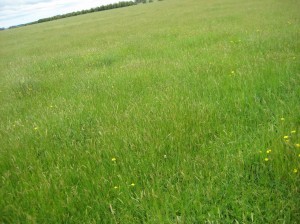 |
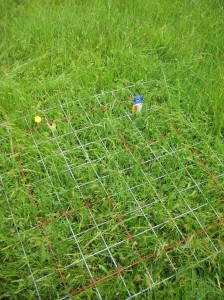 |
| The control paddock with ryegrass and a high annual grass content. | |
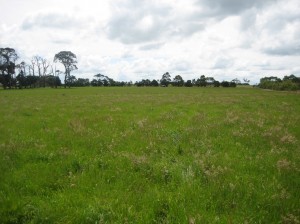 |
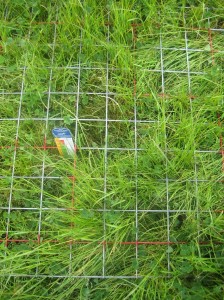 |
| Innovation helix November 2011. When compared to the control, the pasture renovation was a worthwhile exercise, even though there are some annual species in the pasture. | |
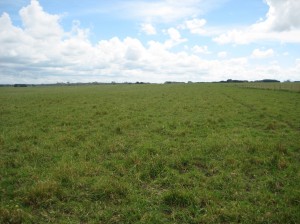 |
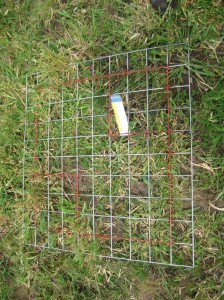 |
| Innovation Lucerne November 2011. Lucerne has not persisted, however the phalaris is now contributing as a successfully perennial paddock. | |
Acknowledgements
Thanks are extended to Nick and Sarah Moyle for hosting the site. This site was supported by Caring for Our Country, Central Highlands Agribusiness Forum, Agriculture Victoria and Future Farm Industries CRC through the National EverGraze Project .
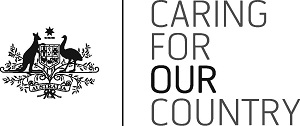 |
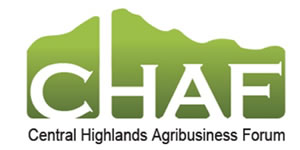 |
Further Information
- EverGraze Action – Grazing Phalaris for production and persistence
- EverGraze Action – Productive, persistent Perennial Ryegrass
- EverGraze Action – Growing and using lucerne
- EverGraze Exchange (Online) – Legumes for temperate pastures
- Lucerne reduces risk, provides options for livestock and prevents salinity
- The EverGraze quick guide for interpreting soil tests for south eastern Australia
- A simple guide to pasture establishment
- NSW DPI: A-Z listing of all pasture species, types and varieties

